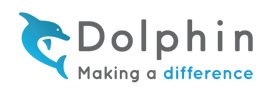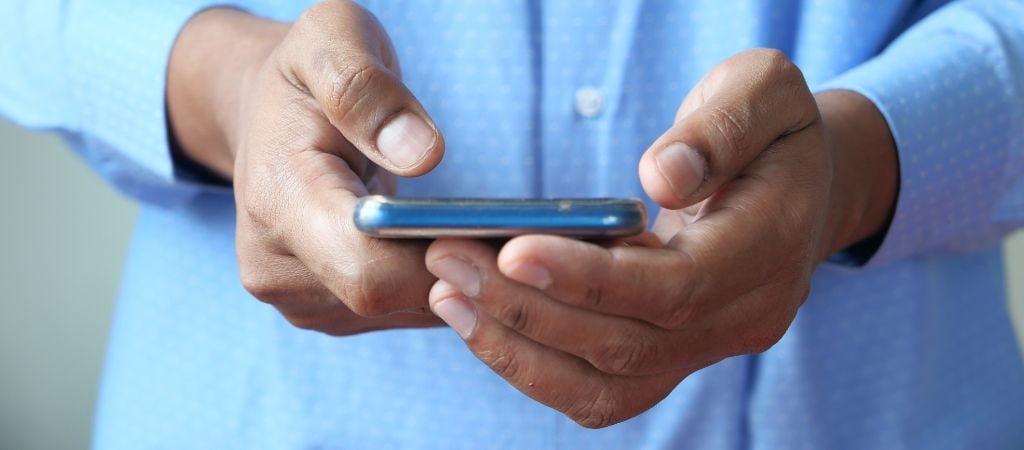We are delighted to welcome Miranda McPherson to the Dolphin Blog.
Miranda is an experienced accessible technology specialist and instructor. She runs Techability Northwest - a training course provider based in Washington, USA. As a visually impaired professional and SuperNova user, Miranda is dedicated to supporting and empowering the blind community to become strong competitors in the workforce.
Through her own experiences and that of her clients, Miranda understands how innovations in technology improve our ability to achieve career, educational and personal goals. Since 2020, Miranda has spent hundreds of hours teaching her visually impaired clients a variety of applications such as Microsoft Office, Zoom conferencing, screen magnification, screen reader, iPhone, and more.
Miranda is inspired by new technology and is passionate about sharing it with the world.
Reaching more blind and visually impaired users
Through dozens of free mobile apps and businesses investing in accessible solutions, access to adaptive technology is reaching more blind and visually impaired users today.
Activism, protections under the ADA Civil Rights Act, the growth of consumerism, and further driving forces all play a role here. At one time, assistive technology meant a high-cost device and/or software.
While such technology continues to develop and remain a solid option, many low-cost apps are gaining in popularity, which means they are available to more people.
Increasing availability of low-cost adaptive tech
Mobile apps that provide adaptive technology for the blind and visually impaired offer a variety of tools, often in a single application. These tools include screen reading, magnification, eBook readers, GPS, facial recognition, OCR, spatial recognition, color and lighting detection and often more besides. Some apps even offer the assistance of a live person, who supports users through the camera on their device.
Additionally, many organizations partner with these paid services, absorbing the costs on behalf of their patrons. The list of partners is ever expanding, and currently includes some museums, colleges, transportation services, restaurants, banks, and accounting software companies.
Providing accessibility for consumers
In addition to using apps, more businesses and non-profit organizations now offer accessible solutions through adaptive technology.
Accessible options may include devices that play audio descriptions at a theater, or self-serve kiosks that provide screen reading technology, screen magnification, QR-coded menus, or tablets which are equipped with adaptive software for customers to use.
Providing accommodations in the workplace
An increasing number of employers are creating a more inclusive workforce by seeking a diverse set of candidates.
This practice continues to be influenced by laws that protect marginalized groups from discriminatory hiring practices. Initially, the idea of equal opportunity hiring was often seen as an act of compliance rather than an advantage to the organization and its customers. However, this perception is evolving towards one that values the recruitment of diverse talent, which course includes members from the blind and visually impaired community.
Not only are more employers open to hiring diverse candidates, many are also actively recruiting people with disabilities, those with neurodiversities, people of color, and other marginalized groups.
As an adaptive technology trainer, I have seen more employers actively supporting their blind and visually impaired employers with adaptive equipment, software, and training. This shift in the culture of hiring still has a long way to go, but with each new stride towards equitability, the community benefits.
Finding what works for you
As an adaptive technology trainer, small business owner, single parent of a fully-sighted child - and a blind individual myself - I am always on the lookout for innovations to better accomplish tasks, grow my career, and enrich my leisure time.
I encourage my students and others with visual impairments to try different apps and devices, so they can find the tech that works for them. Furthermore, I encourage everyone to look online or call a business ahead of time, to find out what accessibility options they provide. When we do this, more companies are encouraged to consider any gaps they have in their accessibility offering, and they are given the opportunity to fill these gaps.
The use of adaptive technology can truly be the key to gaining access to a more independent and fulfilling life. Never stop learning.
If you're interested in finding out more about magnification and screen reading software for blind or partially sighted people, we recommend you check out the Dolphin SuperNova Range.
Dolphin offers a range of assistive technology software for education and for businesses and organisations, to help ensure colleagues with visual impairments are able to work to the best of their abilities, or access company products and services effectively.




Let Us Know What You Thought about this Post.
Write your comment below.